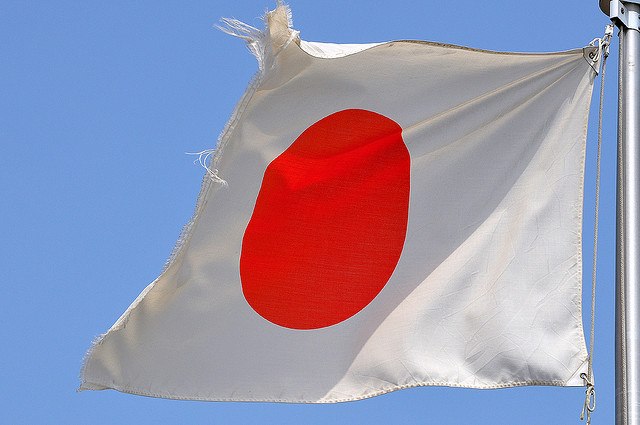Be historical, not hysterical
The memory of attacks by Kamikazes, members of the Japanese air force who would crash their aircrafts into enemy targets during World War II, still makes people shudder. To give you a notion of what these would look like today, our modern equivalent could be seen as car bombings, constantly exploding and killing innocent civilians. Note, however, that this parallel is not accurate. The suicidal planes were born out of a common objective and represented a military force, a country, while car bombings can be perpetrated by tens of thousands of groups without a unified goal. In any case, the significance behind the Kamikaze attacks was that they represented the length a country would go to, to try to achieve a goal.
Despite the fact that Japan brings us wonderful innovations and popular goods like sushi, toys and advanced technology, there was a time when they brought the world great tragedy. Officers and captains systematically planned military suicides, those who flew the planes were aware that they were going ahead with this strategy due to, as Commander Peter B. Mersky maintains in his article “The Kamikazes: Japanese Suicide,” “ideals of family honor, patriotism and… devotion to the emperor” (Cdr. Peter B. Mersky, USNR).
Another sign of relentless perseverance from the Japanese is evident when they refused to surrender as one of the Axis Powers in World War II. Japanese propaganda during this period was centered on the motto “Asia for Asians,” which meant they would not give up their acquired territories in the Pacific region because they did not want Western imperialist powers to intervene. Unfortunately, this behavior was one of the factors that led to nuclear bombing. It is vital to also consider, however, the position and guilt of the United States in these circumstances: Truman did not want to make American soldiers die in battle against the Japanese army, and instead accepted toxic detonation of civilians and land. In short, although Japan was not the sole cause of the nuclear bombings, there have been instances in which Japanese perseverance proved to be negative and detrimental. But, simultaneously, there exists another type of Japanese perseverance that is vibrant and naturally flourishes in their culture.
Japanese dedication can be seen in the unique phenomenon denominated habatsu. Habatsu, as explained by Alan Bird in the Encyclopedia of Japanese Business and Management, is a social mindset that structures companies as well as the Japanese lifestyle. Bird outlines the construction of corporations in Japan saying that decision-making is done in small clusters. Once one is integrated into a habatsu, then he or she must follow its goals and rules even if those are at odds with their own personal conscience or even company policies. This can be destructive to some extent but, even so, loyalty and commitment seem to be an overarching theme in this phenomenon, which is many times viewed as honorable and moral.
A blog entry by American Literature, English and Composition professor Taras A. Sak entitled Reflections on Life in Japan, describes his interaction with a Japanese peer. Sak suggests that when he started talking deridingly about an esteemed professor the student became uncomfortable and didn’t want to continue the conversation. Sak demonstrated how this faction mentality and devotedness to authority overrode what the student may have also been thinking. Moreover, it shows how habatsu, or gakubatsu in a university setting, can disseminate to different environments. This sort of behavior can be seen in various other settings, which can even include Japanese politics, where parties are in continuous rivalry because allegiance to one’s own camp supersedes reciprocity.
The habatsu setup is highlighted when one visits Japan, particularly Tokyo, during the weekend. Any tourist is awestruck when first encountering the variety of groups that conduct activities in parks or just hang out around the city. These cliques, if you will, many times meet in outlandish costumes and have a collective objective. The Elvis Riders, for example, park their motorcycles in the middle of a square, listen to Elvis music, and dress like Elvis while greasing their hair. Others dress up in anime costumes and simulate fights, or act out favorite sections of comic book scenes. While some impersonate famous characters or celebrities, others change their personalities entirely and live alternatively by putting on baby-like outfits or going to themed restaurants. Whatever it may be that they do, these groups have a commitment outside the already habatsu-infused workplace.
Sources: daijob.com, who.int, japanintercultural.com, history.navy.mil, Robert McMahon’s “Cold War: A Very Short Introduction”

Kandelman's feminist articles focus on unresolved issues, a topic she picked up when she became a reporter this last year, following a stint as the Talon's...





